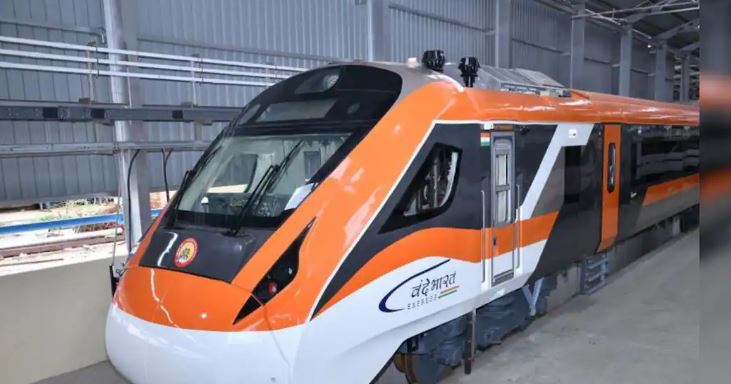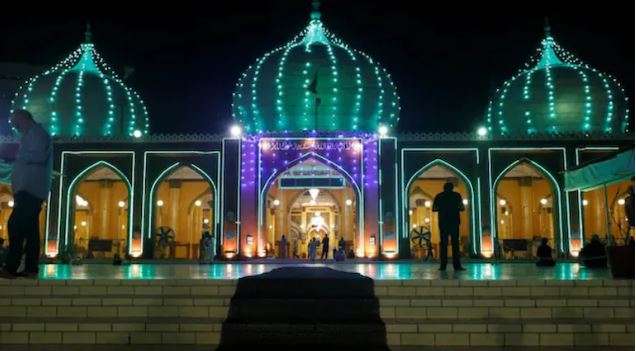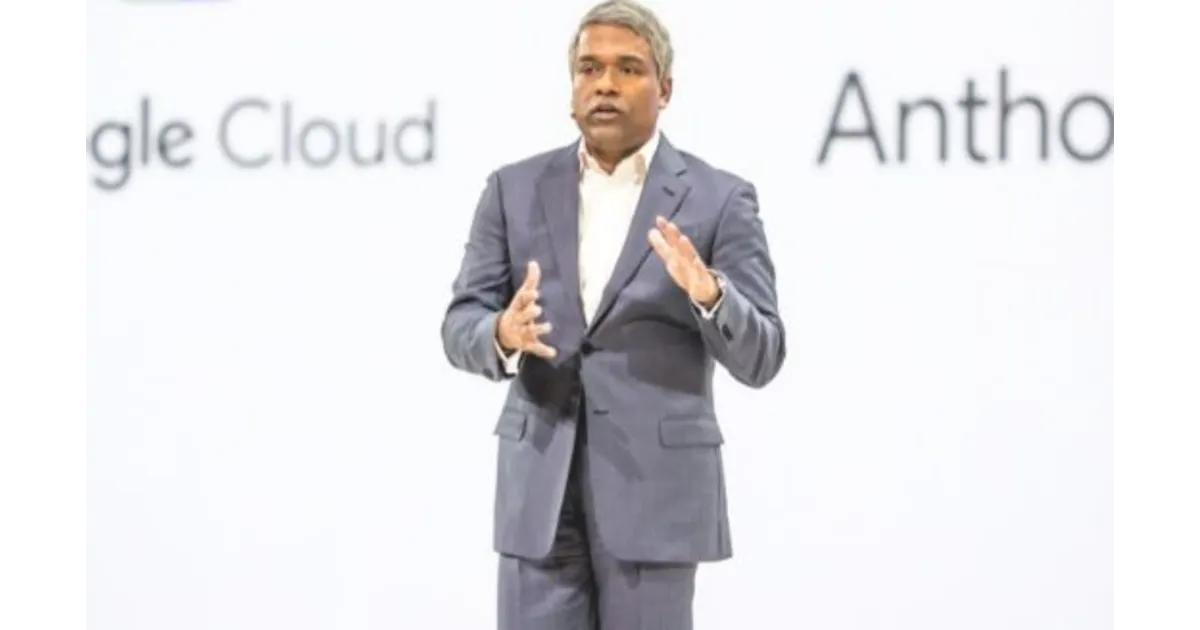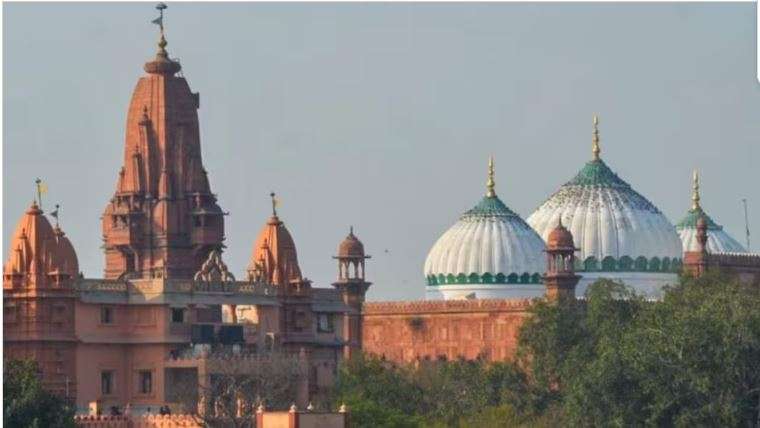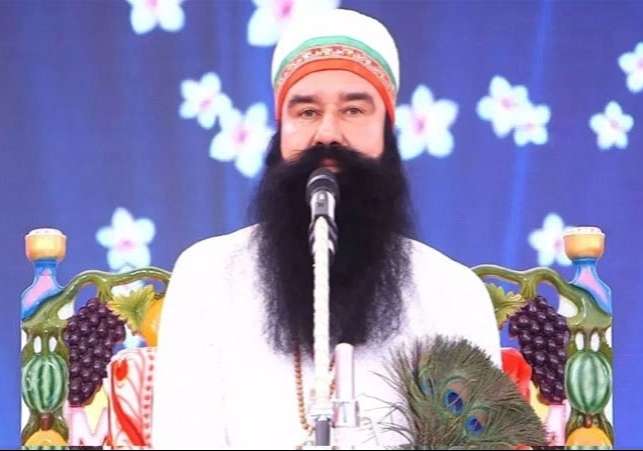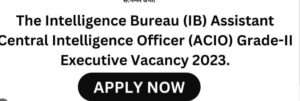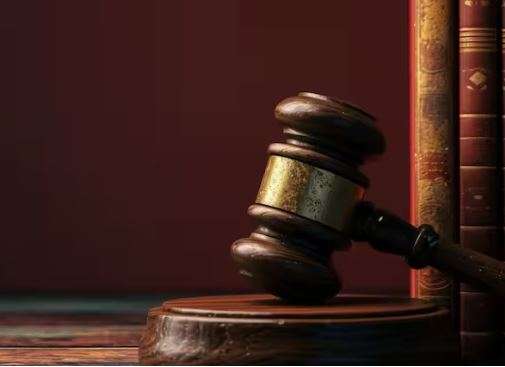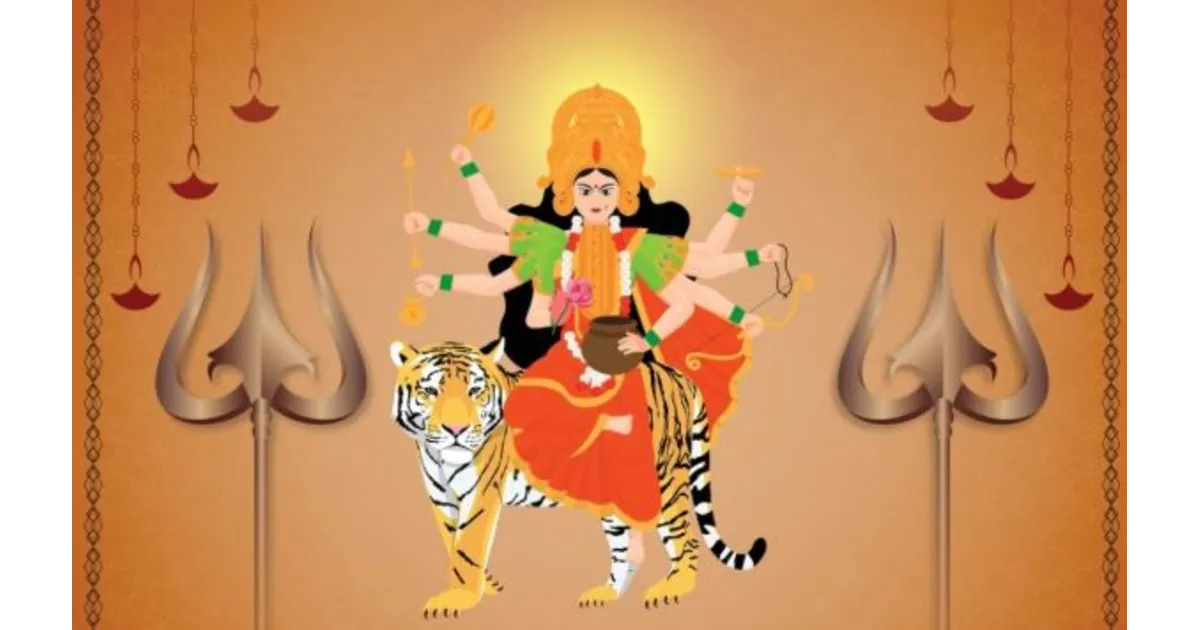On 10 February 1949, the trial for the murder of Father of the Nation Mahatma Gandhi was held in Red Fort. Many conspirators were exposed in it. Many witnesses were cross examined for hours. Later, as the main accused, Bapu’s murderer Nathuram Godse was sentenced to death. Every detail of this decision is recorded in a file of 211 pages.
Aaj Tak’s team read this entire file. Today, on the occasion of Bapu’s birthday, we have brought out some unheard stories from this file for you… In this series, we are going to tell you how the identity of Bapu’s killer Godse was ascertained despite firing in front of thousands of people? Nathuram Godse, who fired at Bapu, was arrested at the scene itself and was later tried along with many conspirators including Narayan D Apte and Vishnu Karkare. Nathuram Godse and Narayan D Apte were later convicted of Gandhi’s murder and hanged on 15 November 1949. This was the first death sentence in independent India.
Identification parades are an important aspect of criminal investigations. In this, witnesses are asked to identify the accused from different individuals. This ensures that the person who committed the crime is accurately identified. In the case of Gandhiji’s assassination, several such parades were conducted to identify the main accused involved in the murder, including Nathuram Godse, Narayan D. Apte and Vishnu Karkare.
How was Nathuram Godse identified
The most important identification in this case was that of Nathuram Godse. On February 28, 1948, the first identification parade was held, supervised by Magistrate Kishan Chand. Godse was accompanied by Narayan Apte and Vishnu Karkare in this parade, along with twelve other undertrial accused. The process was completed with very strict protocols.
During this parade, several witnesses correctly identified Godse. The key witnesses included Ram Chander, Kaliram, C. Pacheco, Marto Thaddeus, Surjit Singh, Mast. Kolochans and Chhotu Ban. These were the people who identified Godse without any doubt. The identification of these several witnesses further strengthened the case against Godse.
The defense had raised big questions about identification
During this entire identification process, the defence had raised two major questions:
1. The issue of covering the head: The defence claimed that Nathuram Godse was bandaged during the identification parade to identify him, so that he could be easily identified. Whereas these bands were not tied to other undertrial prisoners, which made it easy for witnesses to identify Godse.
However, Magistrate Kishan Chand had clarified this in his testimony. He denied this and said that Godse was not identified due to the cloth on his head, but there were many other reasons. Apart from this, Godse himself admitted in his statement that some people involved in the parade had covered their heads with handkerchiefs or towels, but there was no significant difference between the bandage tied on his head and the others.
2. Maharashtrian identity: Another argument of the defense was that Narayan Apte and Vishnu Karkare were identified because they were Marathi. Both of them looked like Maharashtrians, whereas the undertrial prisoners with whom they were made to stand were not Marathi. Regarding this, the defense argued that this made it easier for the witnesses to identify both of them.
However, the magistrate refuted this claim and said that Narayan Apte does not look like a Maharashtrian. Moreover, both of them were given the option to change their clothes during the parade. There was no reason why they were identified only because of their ethnic background.
Several parades were organized
The identification process did not stop with just one parade. Oscar B Brown, the head presidency magistrate of Bombay, conducted several identification parades against Nathuram Godse, Narayan Apte, Vishnu Karkare and others. These proceedings lasted for several months:
-An identification parade was held against Godse and Narayan Apte on January 7, 1948.
-Another identification parade was held on February 1, 1948, which included Godse, Apte, Karkare and others.
-Identification parades were also held on March 16, March 10, March 14, and April 9, 1948.
Many precautions were taken
In the identification proceedings, Magistrate Oscar B. Brown took special care to have his own witnesses testify. He selected his own people from different courtrooms for the parade and made sure that no police officers involved in the investigation were present during the proceedings.
According to the judgment, a panchnama (memorandum) was written in front of all the parties involved. Apart from this, anyone could raise voice for any objection or correction on the panchnama. During these parades, no accused raised any objection.
The identification of Nathuram Godse and his conspirators played a crucial role in the trial following the assassination of Mahatma Gandhi. All of them were identified under strict legal protocols.
It is worth noting that the original judgment file of Mahatma Gandhi murder case has been uploaded by Delhi High Court on an online portal named High Court e-Museum. Original judgment files of many historical cases have been uploaded in it. Which includes digital records of ten historical cases of both District Court and Supreme Court. Many important judgments like the first judgment of Delhi High Court, Indira Gandhi murder, Parliament attack and Red Fort attack have been included. This first part is about the legal process after Gandhi’s assassination.
What were the arguments of the defense?
There were many conspiracies and legal challenges involved in the assassination of Mahatma Gandhi. Nathuram Godse shot Mahatma Gandhi on January 30, 1948. There was one name among the accused in the Mahatma Gandhi murder case on which there was a lot of debate. This name was Vinayak Damodar Savarkar and his role.
During this entire cross-examination, many conspirators came forward and witnesses were questioned for hours. Everyone’s defense strategies were different. But the main argument in all of them was that Nathuram Godse had committed this murder alone and there was no big conspiracy behind it. The defense tried to downplay the roles of other accused like Narayan D. Apte, Digambar Badge and others. During this, everyone gave their statements.
“I was the only one responsible”
Nathuram Godse, who shot Gandhi on January 30, 1948, filed a lengthy written statement in his defence. In this document, he detailed his steps and the events leading up to Gandhi’s assassination. Godse claimed that even though he had committed the murder, it was only motivated by his personal political agenda and not part of any conspiracy. Godse called himself the sole mastermind of the crime. Not only this, Godse also completely rejected the role of others.
According to his written statement, Godse and his close associate Narayan D. Apte went from Poona (now Pune) to Bombay (now Mumbai) on January 14, 1948. According to Godse, their purpose was to protest in Delhi against Gandhi’s fast and his role in giving ₹55 crore to Pakistan. Godse felt deeply saddened and betrayed by Gandhi’s actions during Partition and the communal violence that followed. According to him, Gandhi’s policies were responsible for the creation of Pakistan and the suffering of millions of Hindus.
Godse and Apte took a flight from Bombay to Delhi on January 17, 1948 using fake names and stayed at the Marina Hotel under fake names. They stayed in Delhi till January 20, after which they left for Kanpur and then returned to Bombay. According to Godse, they returned to Delhi on January 27 with Apte, again under fake names. On January 30, 1948, Godse confessed that he alone had shot Mahatma Gandhi at Birla House and thus took full responsibility for the assassination.
Godse’s defence was based on two major arguments: first, that he alone was responsible for Gandhi’s assassination, and second, that his act was motivated by political ideology, not by any personal animosity.
The defense had different strategies
The defence strategies in the Gandhi assassination case were quite varied. Godse’s defence focused on his personal motives, while others such as Apte and Badge tried to downplay their involvement or claim ignorance of the conspiracy.
The court’s decision was recorded in a 211-page file. The Delhi High Court has uploaded the entire judgment file of the Mahatma Gandhi murder case on an online portal called High Court e-museum. Original judgment files of many historical cases have been uploaded in it. This includes digital records of ten historical cases of both the District Court and the Supreme Court. Such as the first judgment of the Delhi High Court, Indira Gandhi murder, Parliament attack and many important judgments like the Red Fort attack etc.
In this judgment, Godse had admitted his guilt. A major investigation was conducted into the involvement of others, especially Apte, Badge and Savarkar. Eventually, many of the accused were convicted, while others, like Savarkar, were acquitted due to lack of evidence.
What was Savarkar’s role?
One of the most controversial aspects of the Gandhi assassination case was the role of Vinayak Damodar Savarkar, a prominent leader of the Hindu Mahasabha. Savarkar was accused of being a key conspirator in the assassination plot, and the side argued that Savarkar had given ideological support to Godse and Apte.
In his defence, Savarkar denied any involvement in the conspiracy. Savarkar claimed that even though he had conversations with Godse and Apte, these discussions were focused only on political issues and had nothing to do with Gandhi’s assassination. Savarkar’s defence emphasised that he was in favour of Hindu nationalism but did not support violence.
The court did not find any evidence of Savarkar’s direct involvement in the conspiracy. There was no concrete evidence against him that linked him to the murder plan. Ultimately, Savarkar was acquitted due to lack of evidence.
What came in the medical report?
In the hours following the assassination, investigators began collecting evidence from the scene. F.C. Rattan Singh and Jaswant Singh, two police officers, took control of the situation. They recovered two empty cartridge cases, two fired bullets, and a blood-stained shoulder strap from the prayer platform where Gandhi had fallen.
Gandhi’s body was medically examined by Colonel D.L. Taneja, a doctor at the Civil Hospital in New Delhi. He submitted his report at 8 am, 31 January 1948. The report mentioned the injuries Gandhi had suffered:
1. A puncture wound on the right side of Gandhi’s chest, near the fourth intercostal space, caused by a bullet. There was no external wound from this injury, indicating that the bullet remained lodged inside.
2. Two puncture wounds on the right side of the abdomen, one near the seventh intercostal space and the other above the navel. These wounds were also caused by bullets which exited near Gandhi’s back, causing separate injuries.
According to Colonel Taneja, the cause of death was internal bleeding and shock.
Nehru gave a message to the country
After the news of Gandhi’s assassination spread, the entire nation went into mourning. Across India, people gathered in public places to mourn. Leaders from around the world expressed their concern and grief over this tragic event. Jawaharlal Nehru, the Prime Minister of India at the time, addressed the nation in a radio broadcast:
“Friends and comrades, the light has gone out of our lives, and there is darkness everywhere… Our beloved leader, Bapu, as we used to call him, the Father of the Nation, is no more.”
On 31 January 1948, the day after Gandhi’s assassination, a massive funeral procession was organised in New Delhi. His body was carried on a simple wooden platform, followed by millions of mourners who lined the streets, weeping and singing prayers. Millions of people came together to say goodbye to Bapu.

